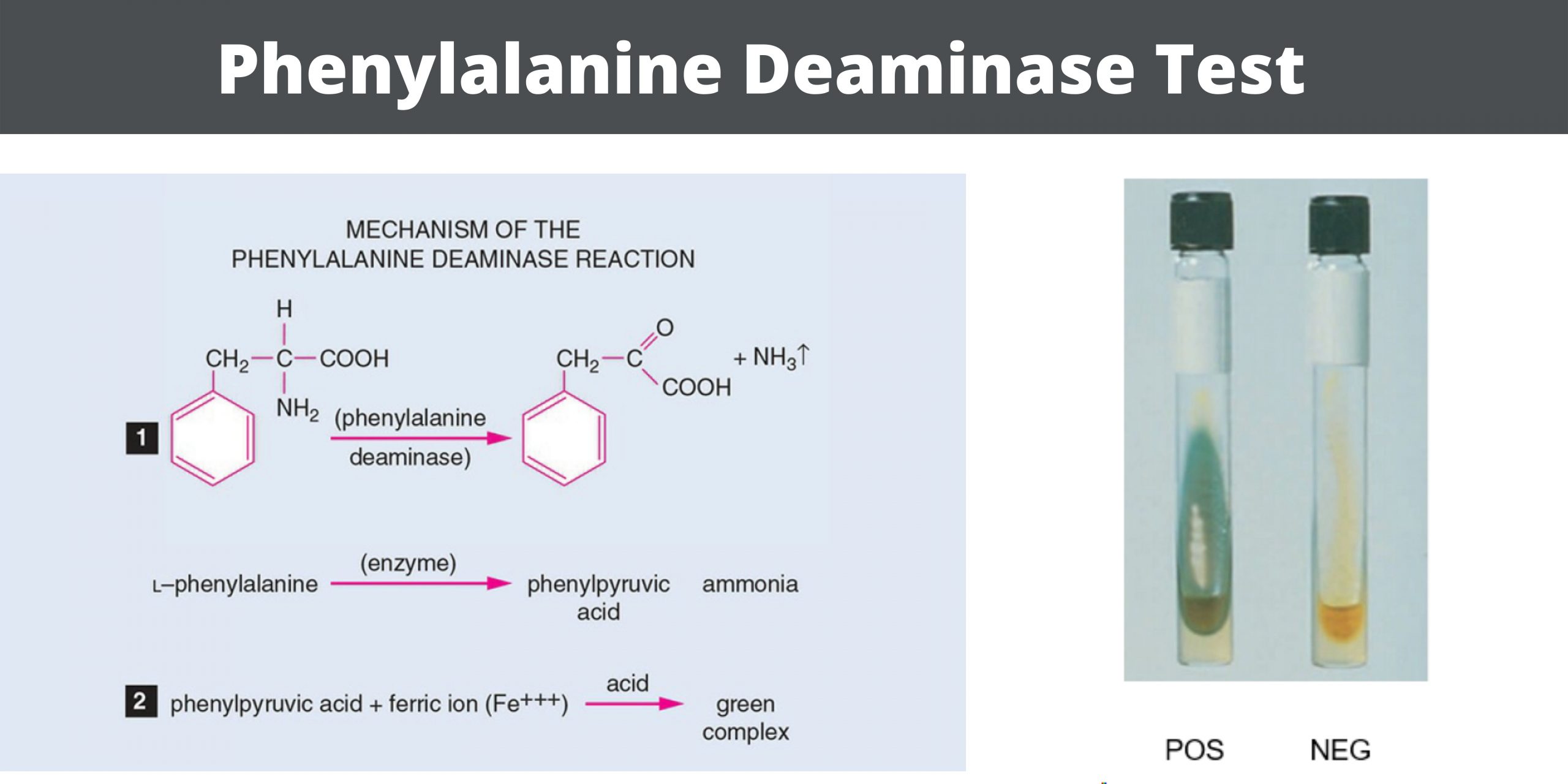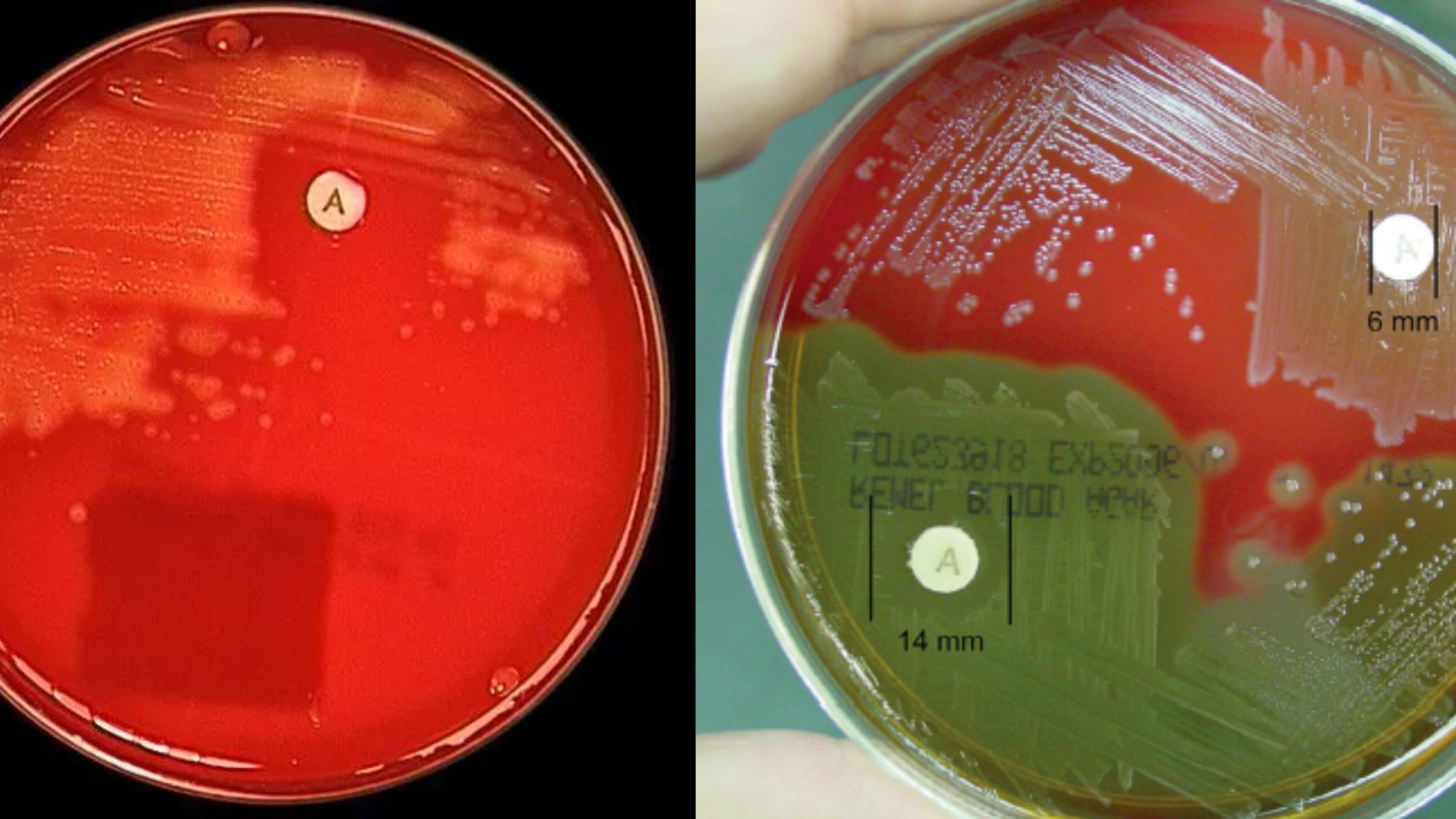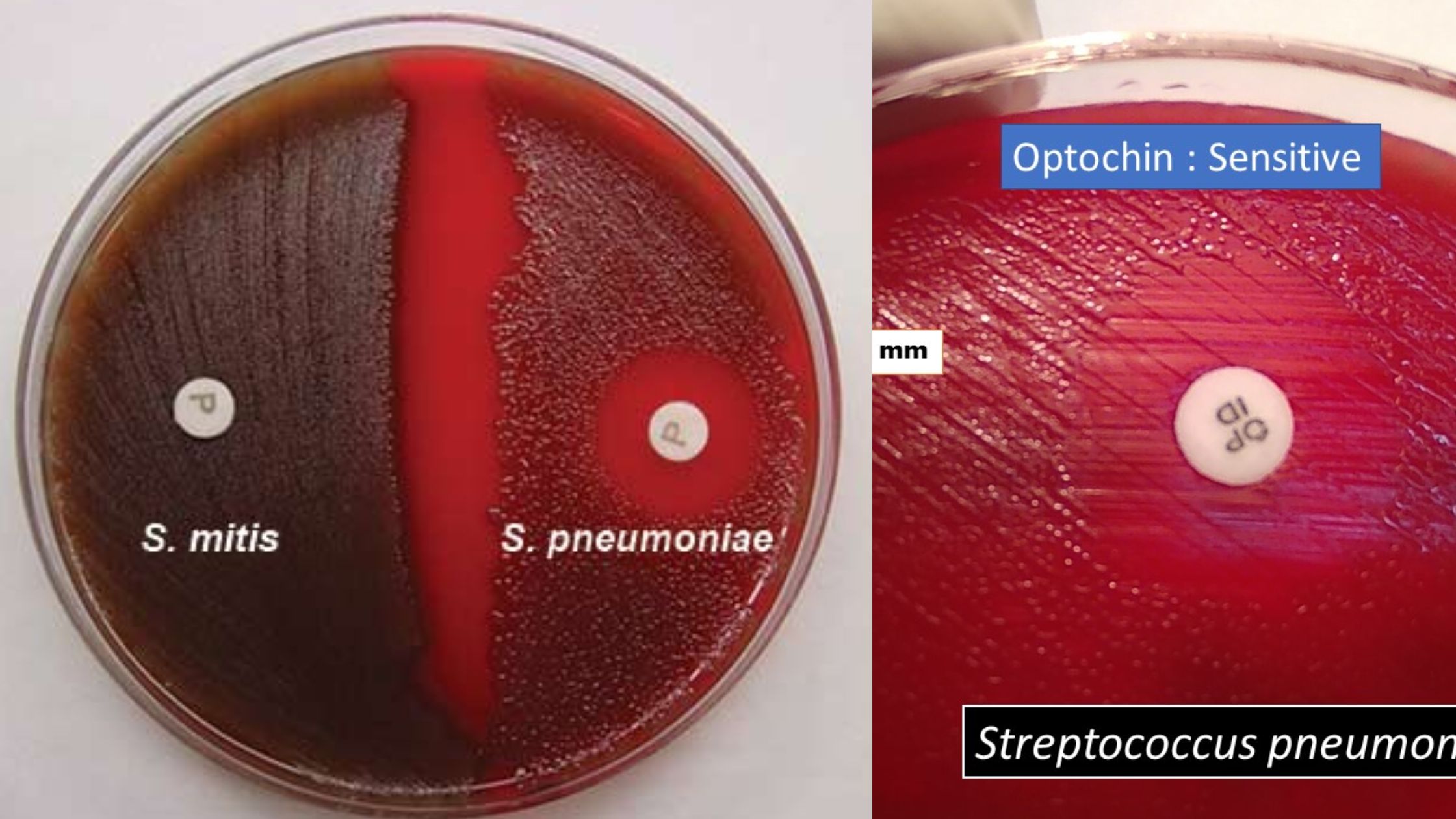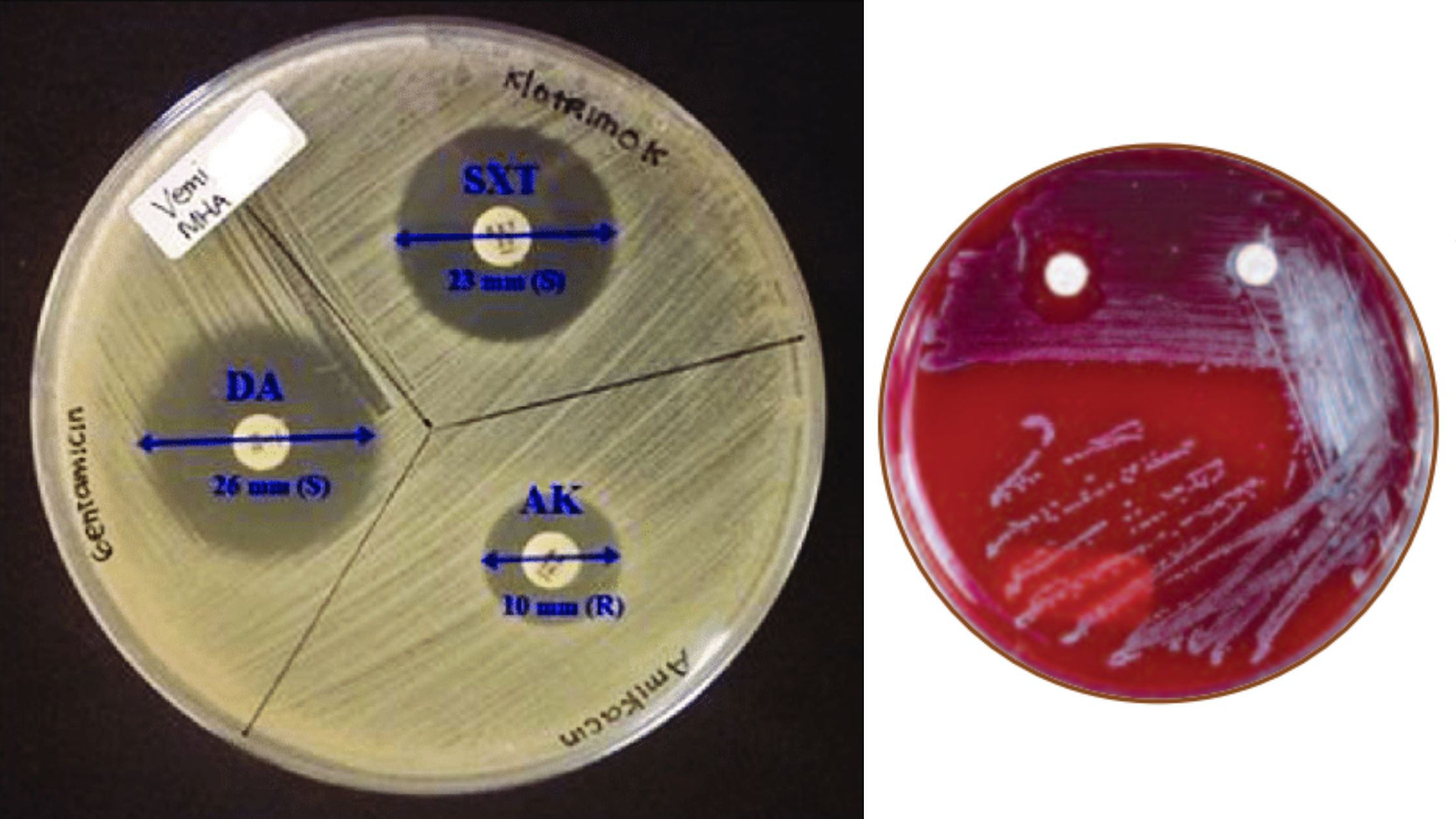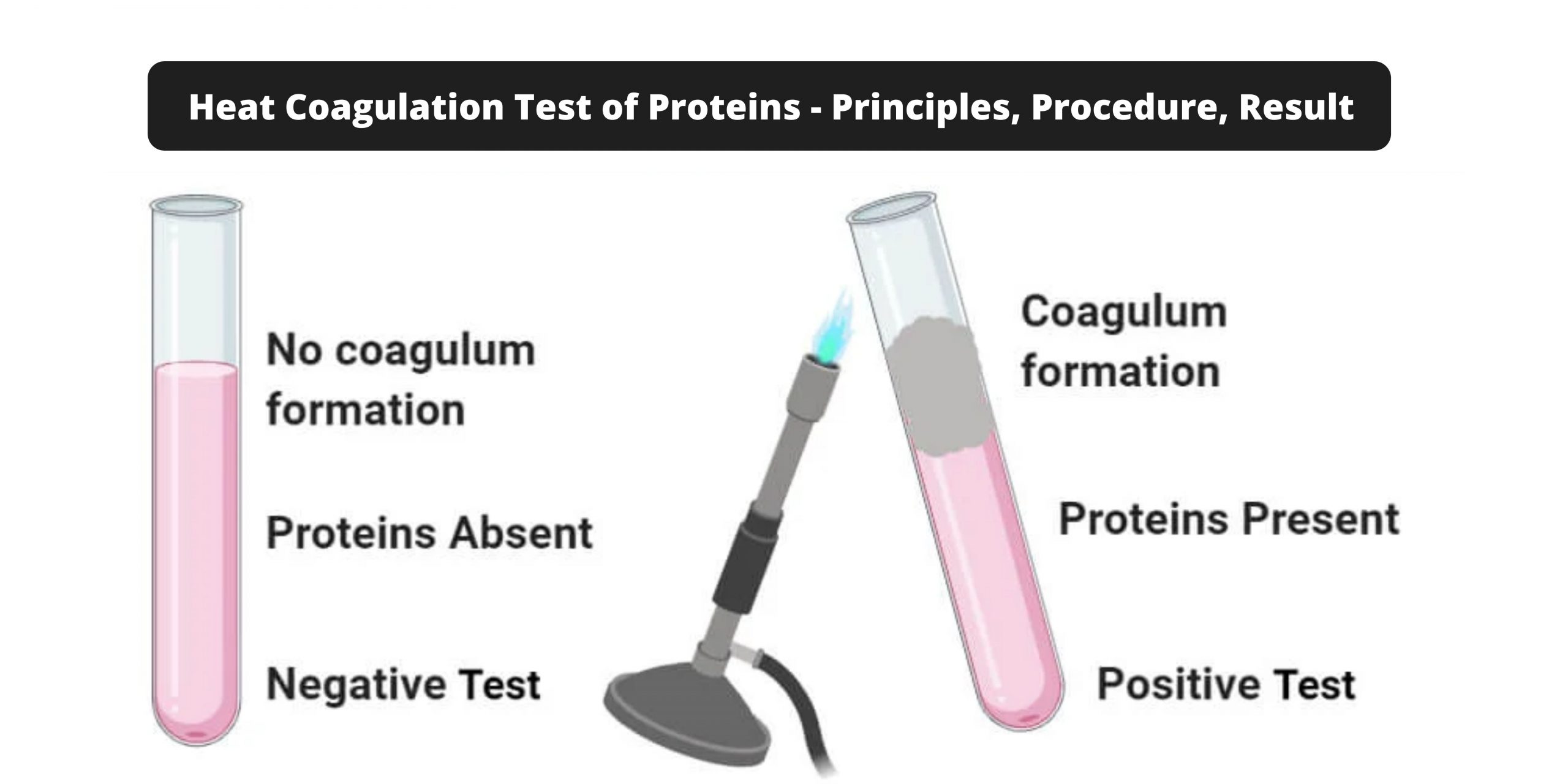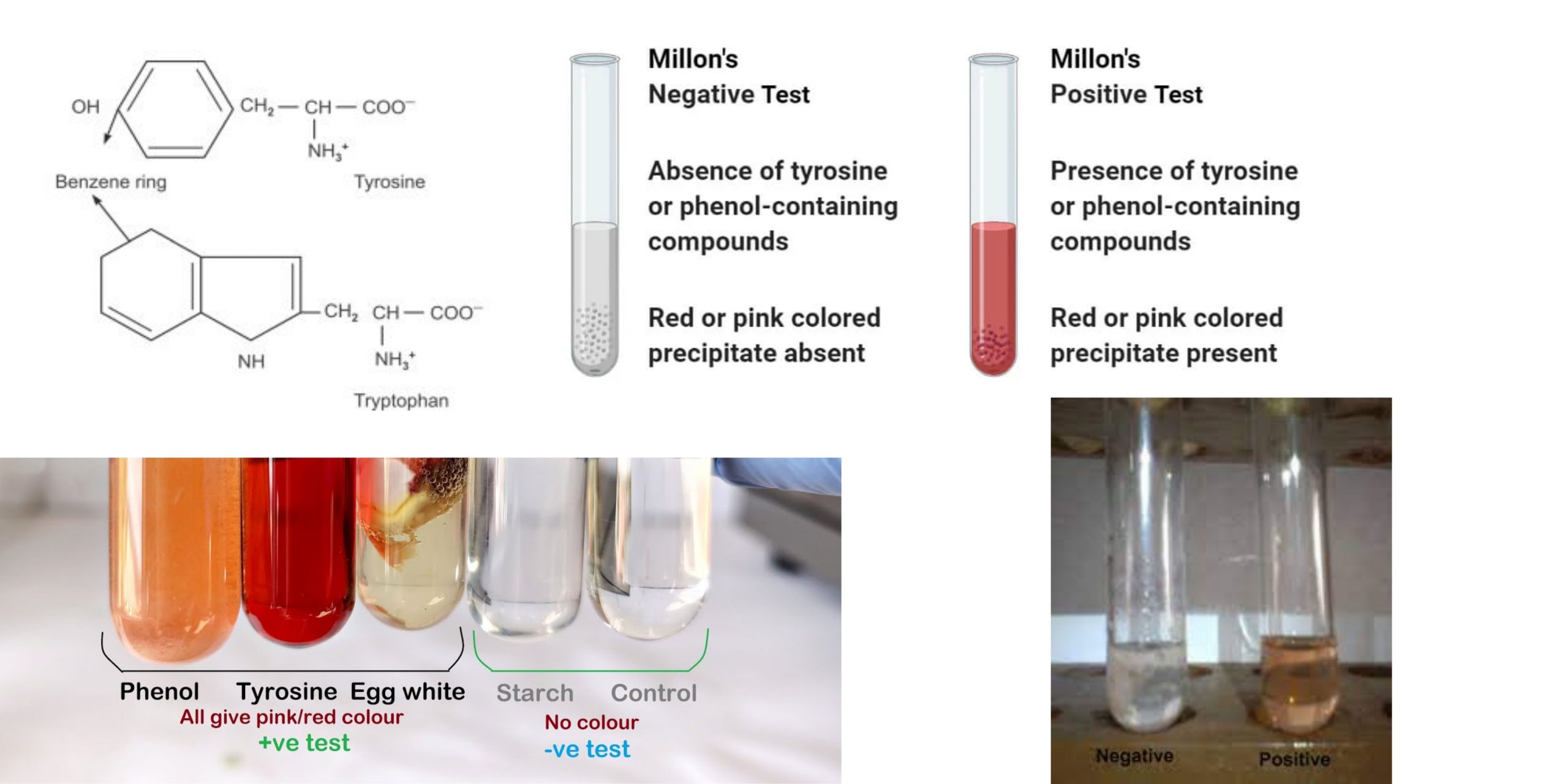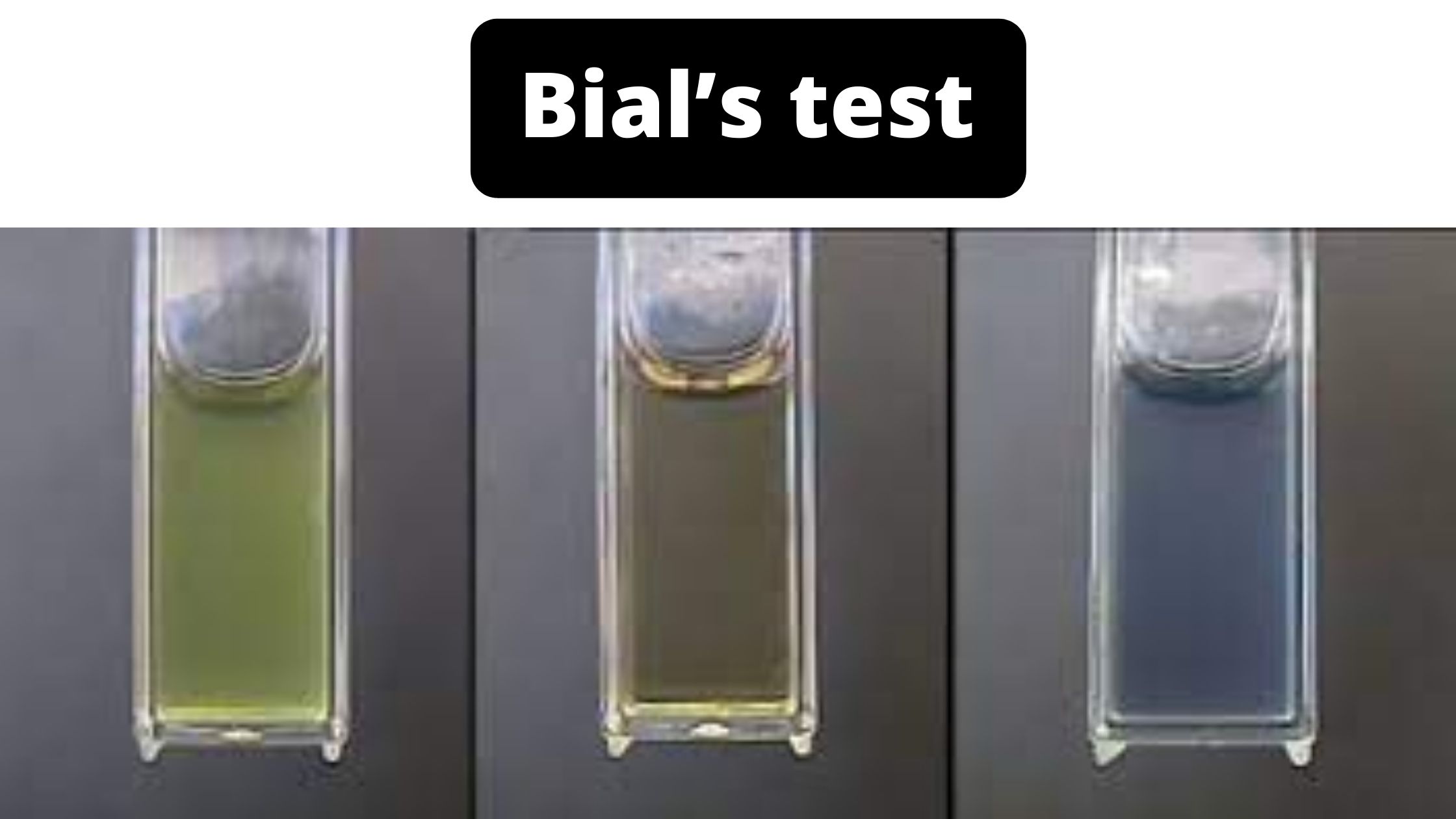Phenylalanine Deaminase Test – Principle, Procedure, Result
The phenylalanine deaminase test is a biochemical test used to identify bacteria that can deaminate the amino acid phenylalanine. It is the process where certain organisms convert phenylalanine into phenylpyruvic acid by removing the amine group. This is referred to as oxidative deamination and it is one of the important reactions for separating the PPM … Read more
